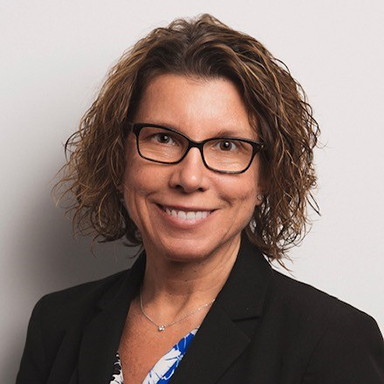There are a number of things you can do to improve your physical wellness, such as exercising, eating well and going in for an annual doctor visit. Financial wellness is similar, as sound strategies and regular checkups are important if you want to stay in good shape.
However, like with physical fitness, keeping on top of financial goals can be challenging. Only 36% of Americans have a written financial plan1 and nearly 60% are worried about their emergency savings2. Not surprisingly, more than half also feel they’re behind schedule in retirement planning and savings3.
These stats illustrate the importance of regularly checking in on your own financial situation. If you fall into one of the camps above, the good news is that there are steps you can take to turn stress and uncertainty into preparedness. Here are five tips for assessing and boosting your financial wellness.
1. Maintain a budget
Maintaining a budget allows for proper planning around your spending and savings. One of the easiest ways to approach a budget is the 50/30/20 rule: 50% of your income for needs, 30% for wants, and 20% for savings and to pay down debt. Budgeting is essential for managing your finances effectively and achieving both short- and long-term financial goals.
2. Monitor your credit score
The higher your credit score, the lower the cost of borrowing and the more lending options you’ll have. A few steps you can take to improve your credit score include paying your bills on time, reducing the amount of debt you owe and checking your credit report for errors. To request a credit report, visit www.annualcreditreport.com.
3. Build an emergency savings
An emergency fund can provide a safety net for unplanned expenses or financial emergencies, though it continues to be an elusive goal for many people. The percentage of Americans who are uncomfortable with their level of emergency savings increased from 37% in 2018 to 59% in 20242.
Strive to save three to six months’ worth of living expenses. Even if you start small, putting a bit of money from each paycheck into a savings account can prevent you from relying on high-interest credit card debt.
4. Assess your insurance needs
Consider what types of personal insurance you have today and what protection levels are needed to feel secure. Request a policy review every three years or whenever you have major life changes to maintain the optimal coverage and pricing.
5. Save for retirement
Start saving early and be consistent. Take advantage of compound interest, which is when you earn returns on your investments as well as returns on those returns. If your employer offers a 401(k), contribute at least up to the maximum match amount to avoid leaving free money on the table.
Each of these five tips are impactful on their own, but applied together, they can holistically improve your financial wellness. Connect with an experienced personal banking partner to discuss your own financial situation and goals for the future.

